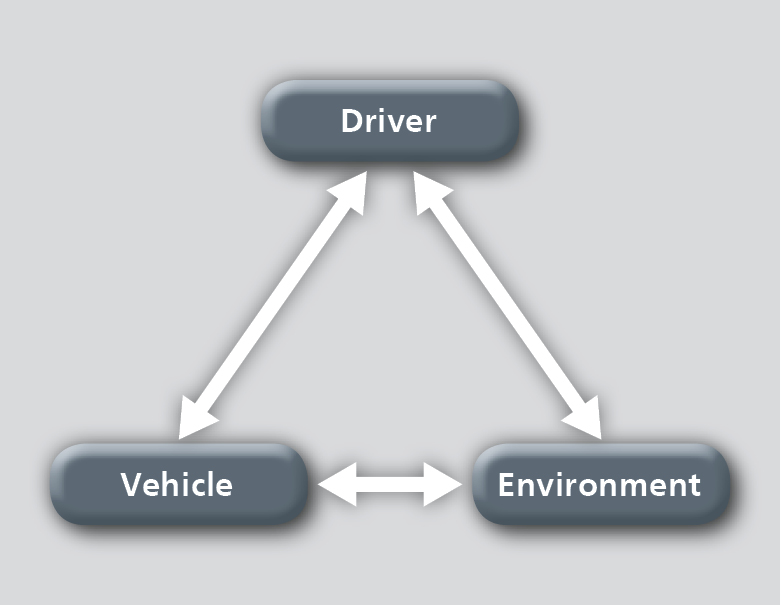The influence of the driver and/or operator of vehicle or equipment is significant with respect to operational durability, energy, resource efficiency and safety. This applies especially to the commercial vehicle segment: The skills and experience of the operator and the associated work steps and strategies significantly influence the equipment behavior.
It is imperative in a simulation based analysis and optimization of an integrated system to map these influences with the appropriate precision and quality.
Such driver and operator models are being developed and implemented at ITWM. The fundamental objective of driver modeling is to use the representation (mathematical description) of vehicle control by a human in an integrated vehicle simulation. Classic concepts (e.g., two-level model) are used and applied as well as the new methods and approaches now being developed and implemented. Methodically, classic control systems are used, but so are modern methods from the area of optimal control and predictive model control: this is precisely the focus of our research and scientific activities.
The broad application spectrum ranges from computation of driver type-dependent speed profiles to full driver models that can be used in full vehicle simulations within commercial MBS software.


